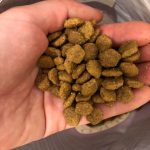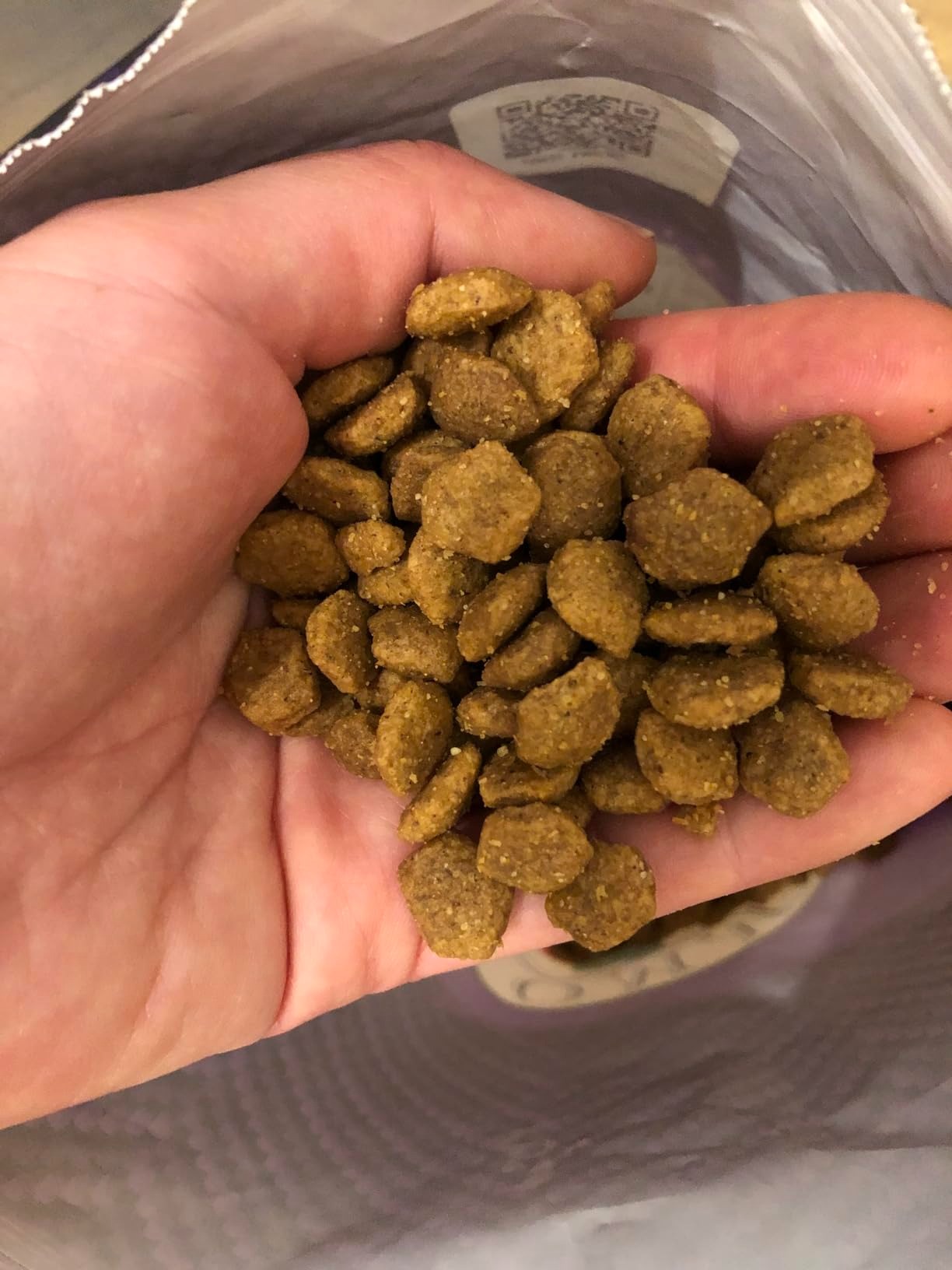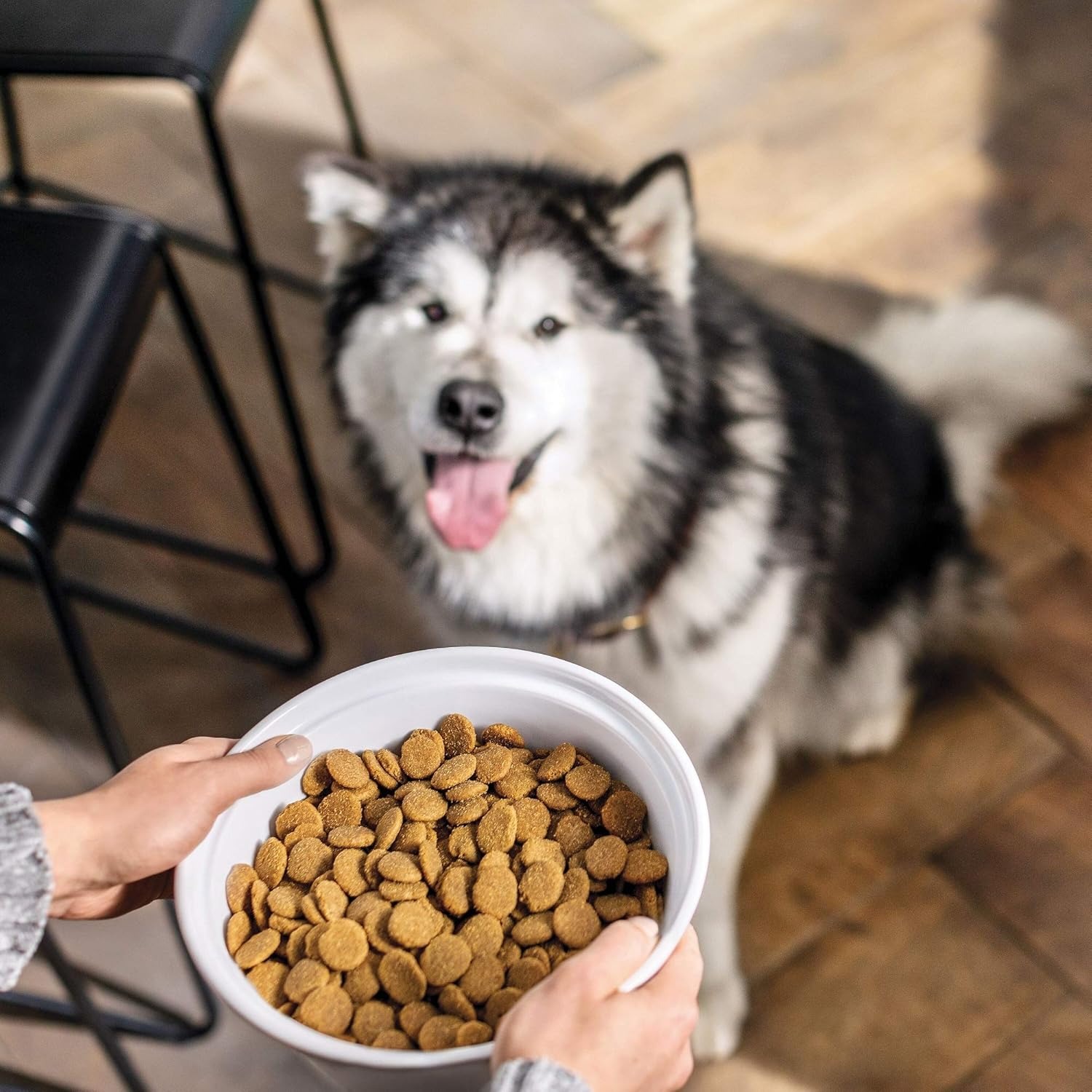Introduction
Raw and fresh pet food has become a popular choice for many pet owners. It focuses on providing unprocessed and natural ingredients to promote pet health. This approach avoids the additives and preservatives often found in traditional pet food options. Understanding more about raw pet food can help you decide if it suits your pet’s needs.
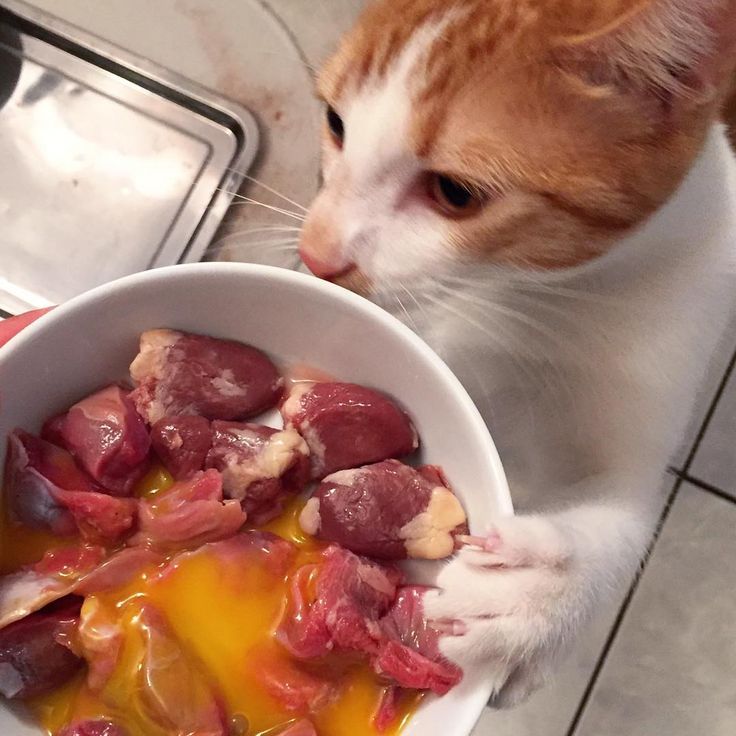
What Is Raw Pet Food?
Raw pet food consists of uncooked, minimally processed ingredients. It often includes raw meat, bones, and organ meats. Sometimes, it also features fresh vegetables, fruits, and essential oils. Advocates believe this mimics the diet of animals in the wild. The goal is to offer meals rich in natural nutrients without unnatural additives.
Differences Between Raw and Fresh Pet Food
While both raw and fresh pet foods focus on whole, quality ingredients, they are not identical. Raw pet food remains uncooked, preserving its natural nutritional state. Fresh pet food, however, is gently cooked to maintain safety while retaining nutrition. Fresh pet food may also include grains or cooked components, unlike strictly raw diets. Understanding these distinctions helps you choose the right option for your pet.
Nutritional Advantages
Feeding pets raw and fresh food provides numerous nutritional benefits. These diets focus on wholesome, natural ingredients. Such food options can improve digestive health, enhance skin and coat condition, and boost energy levels.
Improved Digestive Health in Pets
Raw and fresh pet food can be easier for pets to digest. These diets avoid fillers and artificial additives, which may cause stomach distress. They often contain high-quality proteins and fibers, aiding smoother digestion. Pets consuming raw and fresh food may experience reduced bloating and fewer digestive disorders over time.
Enhanced Skin and Coat Condition
A proper diet impacts your pet’s skin and fur significantly. Raw and fresh food contains essential fatty acids, often found in meat and fish, to keep the skin hydrated. These nutrients promote a shiny, healthy coat while reducing itchiness or dryness. Vitamins from vegetables and fruits also nourish the skin, improving overall appearance and health.
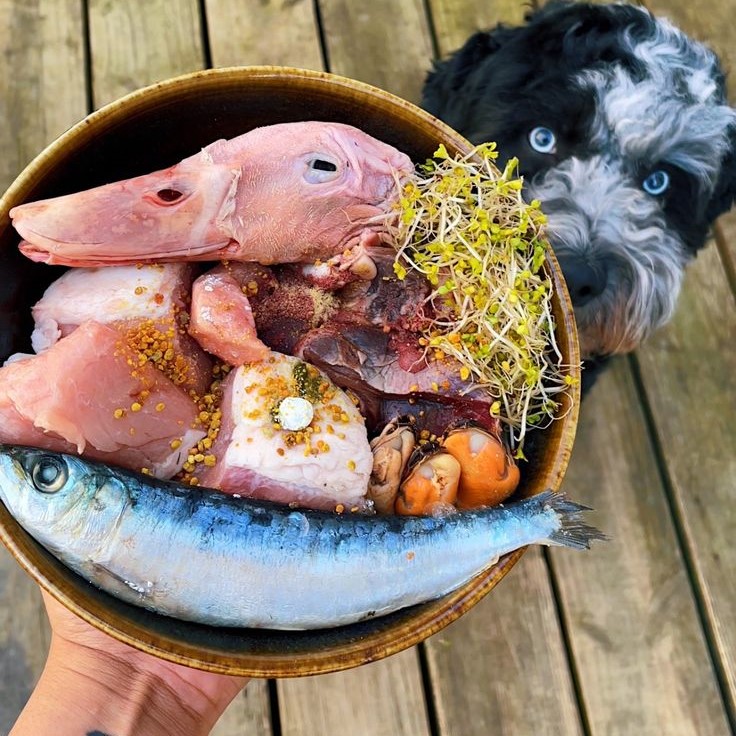
Better Energy Levels and Vitality
Natural ingredients in raw and fresh pet food can boost pets’ energy levels. Protein and healthy fats provide sustained energy, supporting active lifestyles. Pets consuming these diets tend to show improved vitality and alertness. Balanced nutrition from raw food keeps your pet strong and energetic throughout the day.
Ingredients Commonly Found in Raw and Fresh Pet Food
The foundation of raw and fresh pet food lies in natural, high-quality ingredients. These components deliver essential nutrients to promote your pet’s overall health. Understanding the key ingredients can help you craft a diet that supports your pet’s well-being.
Proteins: Meat and Fish
Proteins are the cornerstone of raw and fresh pet food. Common protein sources include chicken, beef, lamb, and fish. These proteins provide amino acids, essential for muscle development and repair. Fish, like salmon, adds omega-3 fatty acids, which support brain and heart health. Fresh, raw meats ensure the nutrients stay intact, vital for energy and overall growth.
Vegetables and Fruits
Vegetables and fruits enrich raw and fresh pet food with vitamins and antioxidants. Ingredients like carrots, spinach, and apples offer fiber and vitamin A for digestion and vision. Blueberries and sweet potatoes provide antioxidants that strengthen immune health. These fresh produce options complement proteins and enhance the nutritional value of your pet’s meals.
Essential Supplements and Minerals
To ensure dietary balance, raw and fresh pet food may include vital supplements. Calcium from crushed eggshells or bone meal supports strong bones. Minerals like zinc and magnesium improve immune function and metabolism. Essential oils, such as fish oil, enhance skin health and coat condition. These supplements guarantee pets get complete nutrition in every meal.
Health Benefits for Pets
Raw and fresh pet food offers multiple health benefits for your furry friends. By focusing on natural and high-quality ingredients, it caters to their unique dietary needs. Let’s explore the specific advantages.
Reduced Allergies and Sensitivities
Raw and fresh pet food often avoids common allergens like artificial additives and grains. This makes it ideal for pets prone to food allergies or sensitivities. Ingredients are selected with care, reducing exposure to irritants. Many dogs and cats experience fewer digestive issues and skin flare-ups when eating these diets. Improved ingredient transparency helps pet owners manage specific dietary restrictions.
Support for Stronger Immune Systems
Fresh and raw diets are rich in vitamins, antioxidants, and essential minerals. These nutrients strengthen a pet’s immune system against diseases. Vegetables like spinach and fruits like blueberries enhance immune health naturally. Proteins and omega-3 fatty acids from meat and fish also play a vital role in improving immunity. A well-nourished immune system ensures your pet remains active and healthy.

Weight Management and Balanced Growth
Raw and fresh pet food promotes balanced growth and helps pets maintain a healthy weight. These diets focus on high-quality proteins and controlled fat content, ideal for energy needs. They avoid fillers that can lead to weight gain. The natural composition ensures nutrients support proper muscle development and bone health. Pets eating balanced diets often show healthier growth patterns and reduced risk of obesity.
Transitioning Your Pet to Raw and Fresh Food Diet
Switching your pet to a raw and fresh food diet requires care and planning. Pets can benefit greatly, but improper transitions might lead to discomfort. A gradual approach ensures your pet adjusts well to the new diet. Monitoring their behavior and health is essential during this process.
Steps for a Gradual Transition
- Start Slowly: Replace 25% of their current food with raw and fresh food.
- Increase Gradually: Every few days, raise the ratio of raw and fresh food to their diet.
- Mix Properly: Combine the new food with the old to make the transition smoother.
- Feed Balanced Portions: Ensure meals include proteins, vegetables, and supplements in proper ratios.
- Observe Preferences: Pay attention to which ingredients your pet enjoys most.
- Adjust Based on Feedback: If your pet struggles with digestion, modify the transition pace.
Monitoring Your Pet’s Response
- Check Digestion: Watch for signs of improved or disturbed digestion, like bloating or loose stools.
- Monitor Energy Levels: Pets should feel more active and lively after switching diets.
- Skin and Coat Improvements: Look for shinier fur and reduced skin irritations over time.
- Note Allergic Reactions: Ensure no negative reactions like itching or discomfort from new ingredients.
- Regular Vet Visits: Consult a vet during the transition for expert insights.
Transitioning a pet to raw and fresh food requires patience and care. Following these methods ensures a smooth and healthy switch.
Risks and Challenges of Raw Feeding
Raw feeding offers many benefits but comes with risks and challenges that pet owners must consider. Understanding these concerns helps ensure safety and proper nutrition for your pet’s well-being.
Potential Contaminants and Safety Concerns
One major risk of raw feeding is exposure to harmful bacteria. Raw meat can harbor pathogens like salmonella or E. coli, which can make pets sick. These bacteria also pose risks to humans handling the food.
To minimize contamination, always source raw meat from trusted suppliers. Store it at the correct temperature and handle it with clean utensils. Wash hands thoroughly after handling raw ingredients. Freezing meat before use can reduce bacterial risks.
Bones in raw diets can also pose dangers. While raw bones are safer than cooked ones, they can still break teeth or cause choking. Always choose appropriate-sized bones and supervise pets during meals.
Addressing Nutritional Imbalances
Crafting a raw diet requires careful balance of nutrients. A lack of essential vitamins or minerals can lead to deficiencies. Pets may face health issues if their diet excludes vital components like calcium, zinc, or omega-3s.
To avoid imbalances, consult a veterinarian or pet nutritionist. They can guide you in creating a well-rounded diet. Supplements like fish oil or bone meal can help fill nutritional gaps. Commercially prepared raw food options often meet balanced nutritional standards and may be a safer option for beginners.
Feeding raw food requires diligence and education. Mitigating risks ensures your pet benefits from this diet safely and healthily.

Tips for Choosing Quality Raw and Fresh Food Products
Choosing the right raw and fresh pet food ensures your pet receives safe and nutritious meals. Careful evaluation of products and brands can help you make informed decisions.
Understanding Labels and Certifications
- Look for Transparency: Labels should clearly list all ingredients and their sources.
- Certified Quality: Check for certifications like USDA-approved or AAFCO compliance for safety standards.
- Avoid Additives: Ensure the product is free from artificial preservatives, fillers, and colors.
- Check Nutritional Information: Verify that the food provides balanced nutrition, with adequate proteins, vitamins, and minerals.
- Expiration Dates: Always choose products with valid and visible expiration dates.
- Storage Instructions: Ensure proper handling and storage instructions to maintain food quality.
Evaluating Brands and Suppliers
Reputation Matters
- Positive Reviews: When selecting a pet food brand, it’s essential to prioritize those with numerous positive reviews from other pet owners. Positive feedback indicates customer satisfaction and can offer insights into the effectiveness and quality of the product. Look for testimonials that share personal experiences and results after using the brand’s products.
- Trusted Brands: Research the brand’s history and reputation in the market. Established companies with a long track record of success typically have better quality control and ethical practices. Seeking out brands that are well-known for their commitment to pet health can provide peace of mind in your purchasing decisions.
- Industry Recognition: Additionally, consider brands that have earned certifications or awards within the pet food industry. Recognitions from veterinary associations or pet industry organizations can further validate the brand’s credibility.
Ingredient Sourcing
- Reputable Farms: It’s crucial to choose companies that prioritize ingredient sourcing from reputable farms or suppliers. High-quality ingredients significantly affect the nutritional value of the pet food, and obtaining them from reliable sources ensures freshness and safety.
- Transparency: Look for brands that are transparent about where their ingredients come from. Companies that provide detailed information about their sourcing processes often demonstrate a commitment to quality and safety, which enhances trustworthiness.
- Local Sourcing: Supporting brands that source ingredients locally can also be beneficial. Not only does this contribute to the local economy, but it can also lead to fresher ingredients, reducing the time food spends in transit and increasing its quality.
Production Standards
- Hygiene Practices: Verify if the brand adheres to strict hygiene and preparation standards during the production process. Manufacturers that prioritize cleanliness are less likely to produce contaminated pet food, which can pose health risks to your pets.
- Facility Certifications: Research whether the production facilities have appropriate certifications. Accreditation from recognized organizations often indicates that the company meets high safety and quality standards.
- Quality Control Measures: It’s also advisable to look for brands that implement rigorous quality control measures throughout production. This includes testing raw materials and finished products for safety and nutritional content, ensuring a consistent and wholesome product.
Availability of Support
- Customer Support: Check if the company offers customer support services, such as phone or online chat assistance. Reliable customer support can aid in addressing any questions or concerns regarding the products or feeding guidelines.
- Consultation Services: Some brands may provide consultation services, connecting pet owners with experts who can offer tailored advice based on individual pet needs. This personalized approach can help in choosing the most suitable products for your pet’s specific health conditions or dietary preferences.
- Comprehensive Resources: Additionally, consider brands that provide educational resources on their websites. Access to articles, FAQs, and feeding guides can empower pet owners to make informed decisions and effectively support their pets’ nutritional needs.
Product Variety
- Customizable Options: Select brands that offer a wide range of customizable options to meet your pet’s unique needs. Customized diets can cater to different life stages, health issues, and preferences, ensuring that your pet receives the most suitable nutrition.
- Special Dietary Needs: If your pet has specific health concerns or allergies, look for brands providing specialized food solutions. Many brands offer formulas designed for specific conditions, such as grain-free, hypoallergenic, or weight management diets.
- Diverse Flavors and Textures: Variety also extends to flavors and textures. Offering a selection of flavors can help prevent mealtime monotony, ensuring your pet remains interested and engaged with their food.
Trial Packs
- Small Portions: Before committing to larger quantities of pet food, begin with small portions or trial packs. This approach allows you to gauge your pet’s interest and acceptance of the new food.
- Assess Preferences: Offering trial packs is beneficial for identifying which flavors or formulations your pet prefers. Some pets may be picky eaters, and trial packs can help minimize waste while ensuring you find something they enjoy.
- Gradual Transition: Using smaller portions also allows for a gradual transition if you are switching from another pet food brand. Introducing new food slowly can help prevent digestive issues while your pet acclimates to the new diet.
By focusing on labels, certifications, and reputable suppliers, you can ensure high-quality meals for your pet.
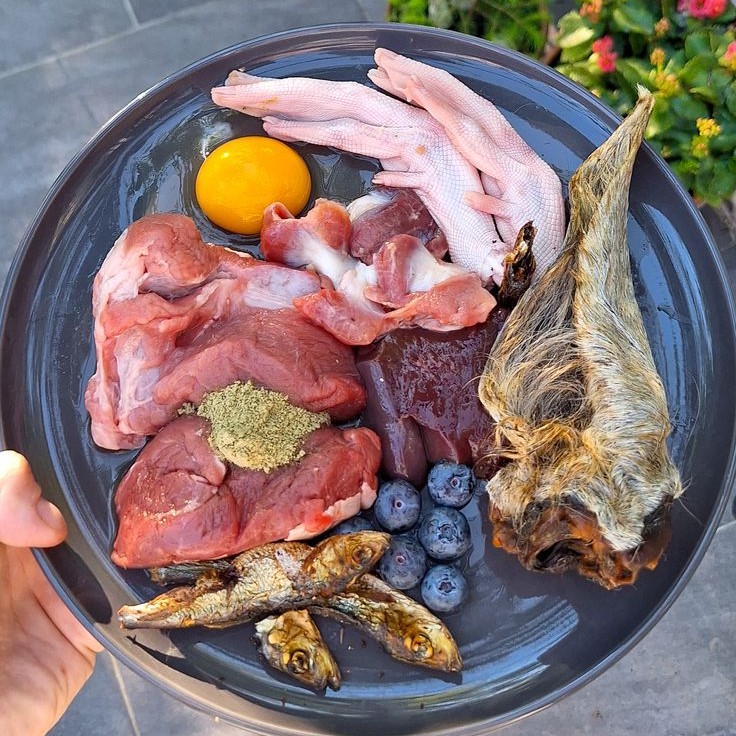
Conclusion: Why Raw and Fresh Pet Food Is Worth Considering
Raw and fresh pet food offers significant health benefits for your furry companions. By focusing on natural, high-quality ingredients, this diet supports better digestion, shinier coats, and increased vitality. It avoids harmful additives and fillers, making it an excellent choice for pets with allergies or sensitivities.
This diet provides essential nutrients in their most natural forms. Raw and fresh food diets aim to meet your pet’s unique nutritional needs. Balanced meals with proteins, fresh vegetables, and necessary supplements enhance pets’ overall well-being.
Though raw feeding comes with certain risks, such as contamination or nutritional imbalance, these can be managed. Sourcing food from trustworthy suppliers and consulting a vet ensures your pet’s safety. Gradual transitions and careful monitoring help pets adapt smoothly to this dietary shift.
Choosing quality raw and fresh pet food requires diligence. Always check product labels, certifications, and brand reputations. High-quality raw and fresh pet food brings long-term health benefits worth considering. Investing in this diet ensures a happier and healthier life for your beloved pet.

